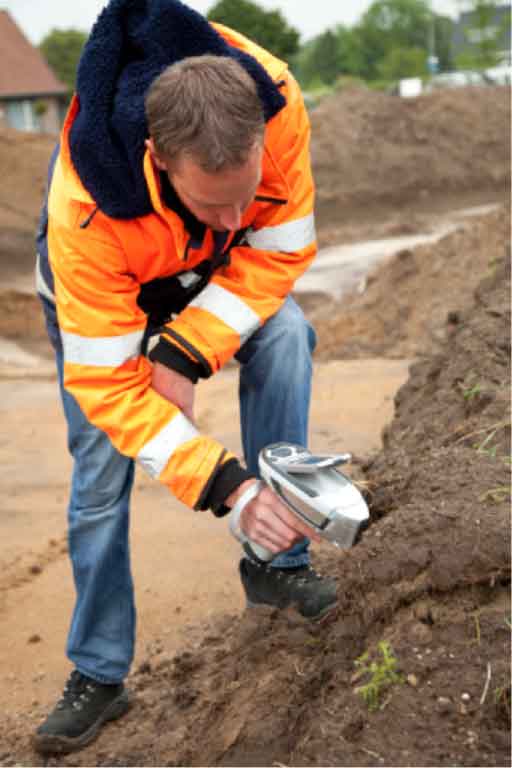Soil scientist and Physicists at Berkeley Lab (Berkeley National Laboratory) Department of Energy are teamed up and developed a new method to determine the carbon stored in soil by microbes and plants. The new method is like an X-ray of the soil without taking soil samples or digging holes in soil. This new methodology for measuring the carbon pulled out of atmosphere is also an important tool to fight the climate change and to develop the ecologically sound form of agriculture.
A physicist at Berkely Lab said that “A very fast and accurate measurement of the total carbon can be obtained without harming the living organisms or disturbing the soil. However, this instrument enables the repeated measurement of soil carbon over time”.
Generally, plants transfer the carbon in soil as a part of carbon cycle. Plants take the carbon dioxide and release oxygen which is used in breathing by human beings. A large portion of carbon enters the soil through plant roots, microbes take this carbon and convert it into organic matter. Soil microbes and plants plays an important role in natural carbon cycle, a cycle that human beings have altered drastically. Burning of fossil fuels and land depletion has significantly reduced the organic matter in soil and ultimately carbon in soil that leads to climate change. Plants and microbes are pulling huge amount of carbon from billions of years. Before we help them to manage the atmospheric carbon, first we need to know how much carbon is presented through plant-microbial interaction in soil.
The existing techniques to measure the carbon content in soil are error prone at large scales and destructive. The new carbon measurement method developed by Berkeley team have nothing to do with soil digging, instead the device measure the soil carbon by scanning soil with beam of neutrons. Then a sensor detects the faint responses of carbon and other elements to the neutron. All this procedure happens with no cores, no burning, no holes and above the ground. Persaud, a staff scientist said,
“The procedure is like giving a MRI to the soil”.
We get 3D- picture of the soil and carbon distribution along with other elements like oxygen, silicon, aluminum, and iron which are important to deeply understand the carbon persistence in soil. Brodie a scientist at Berkeley Lab added that;
“We can repeatedly measure the soil carbon over growing seasons with this neutron imaging approach to see the changes in carbon under different climatic and land management scenarios”. Thus, this approach would be used to identify the land management practices that are effectively taking carbon from the atmosphere. In this way, this methodology is also a best approach to fight the climatic changes due to atmospheric carbon.
Furthermore, director of Accelerator Technology & Applied Physics Division Cameron Geddes added that “this new carbon measurement method is like thinking out of box and bringing the different researchers together to create the new methodology for addressing climatic changes challenges”.
However, the next step is to make this approach field deployable and to make it more automated, like this approach could be incorporated with other machines like tractor or combine harvesters. This way the efficiency of the approach will be increased as there is huge potential in this methodology.
Reference:
Mauricio Ayllon Unzuetaa, Bernhard Ludewigt, Brian Mak, Tanay Tak and Arun Persaud. 2021. An all-digital associated particle imaging system for the 3D determination of isotopic distributions. Review of Scientific Instruments.
DOI: 10.1063/5.0030499


